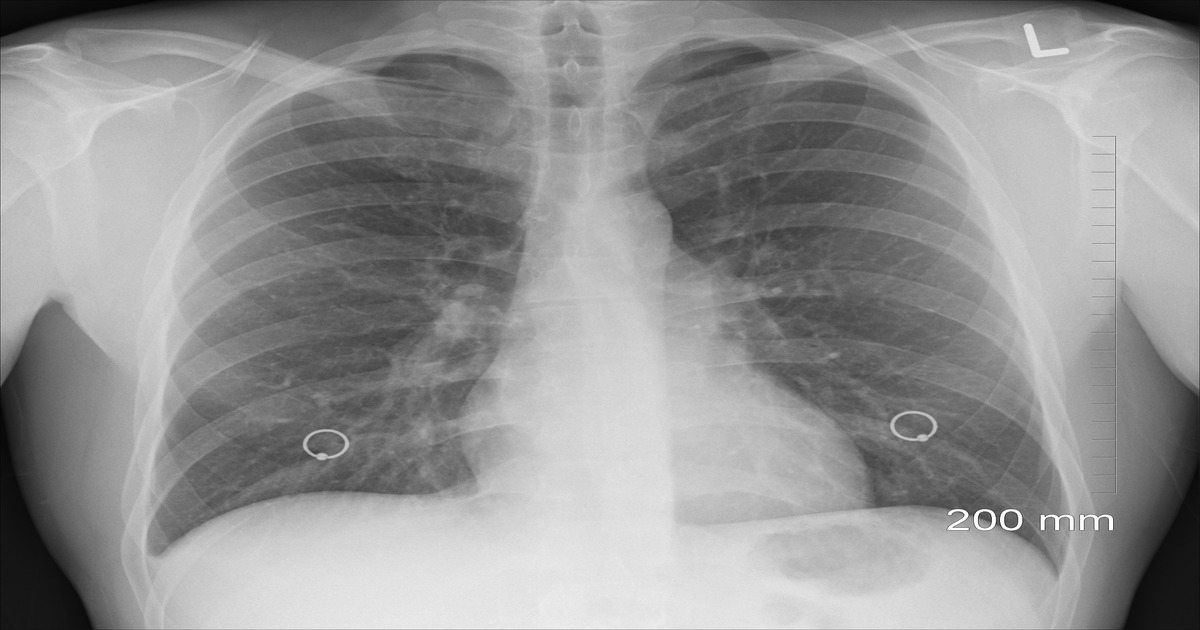Mesothelioma Nurse Explains Pleural Effusion

Obtaining a diagnosis of malignant pleural mesothelioma is difficult. The diagnosis is often made after many other more common diseases are ruled out. One of the presenting symptoms can be pleural effusion, or excess fluid in the chest cavity. It is a common symptom with one study placing it as high as 90 % in a group of patients diagnosed with malignant pleural mesothelioma.
What is pleural effusion? The pleura is a thin layer that surrounds the lungs. The outer layer is the parietal pleura, and the inner layer is the visceral pleura. Lubricating the layers in the space in between is a small amount of fluid called the pleural fluid. The pleural fluid functions to lubricate the two layers so they can slide against each other when we breathe. In healthy people, the pleural fluid is usually about a teaspoon. With a pleural effusion, the fluid builds up and separates the lung from the chest wall, making it difficult to breathe. Some of the more common conditions that a person could have to cause pleural effusion are pneumonia, heart failure, low level of protein in the blood, cirrhosis of the liver, rheumatoid arthritis, systemic lupus erythematosus (SLE), and mesothelioma.
Shortness of breath is most often the reason many patients diagnosed with malignant pleural mesothelioma seek medical attention. For many patients, initially, they undergo a procedure to drain the fluid called a thoracentesis. Many patients who are eventually diagnosed with mesothelioma have this procedure done more than once. Once the diagnosis is made and treatments begin, the effusions can be less of an issue as the symptom is managed with the disease.
When pleural effusions continue to be an issue due to the advancement of disease, or whatever the reason may be, there are options for managing the patient‘s discomfort. One of these options can be a catheter placement in the chest that allows the patient to drain the fluid at home and not come to the hospital for the thoracentesis procedure. Insertion of these catheters can often give the patient and family more time to spend at home as opposed to going to the hospital. If you or your loved one is in the situation that requires frequent thoracentesis procedures, this could be an option.
This past week a patient brought up placement of a pleural catheter as he was considering it. He had weighed the pros and cons and decided to delay placement because it was summertime and he enjoyed going into the water. As mesothelioma becomes a chronic disease it is gratifying to see options that patients have depending on their needs and their quality of life goals.
Photo Credit: Dr. James Heilman via Wikipedia

Free Mesothelioma Patient & Treatment Guide
We’d like to offer you our in-depth guide, “A Patient’s Guide to Mesothelioma,” absolutely free of charge.
It contains a wealth of information and resources to help you better understand the condition, choose (and afford) appropriate treatment, and exercise your legal right to compensation.
Download Now